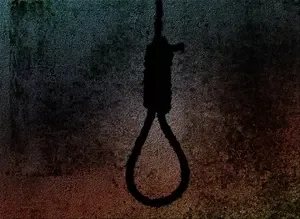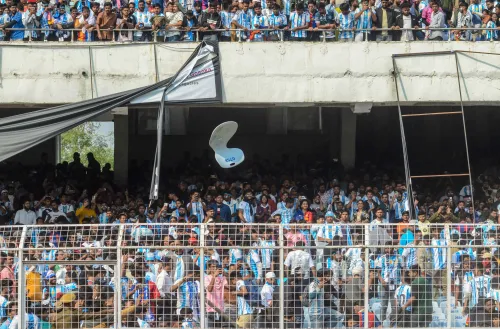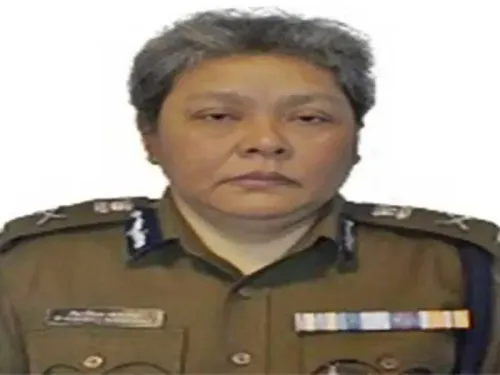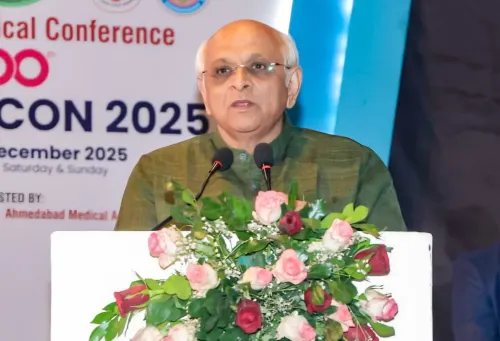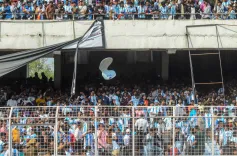What Bold Defence Reforms and Strategic Self-Reliance Define PM Modi's 11-Year Milestone?
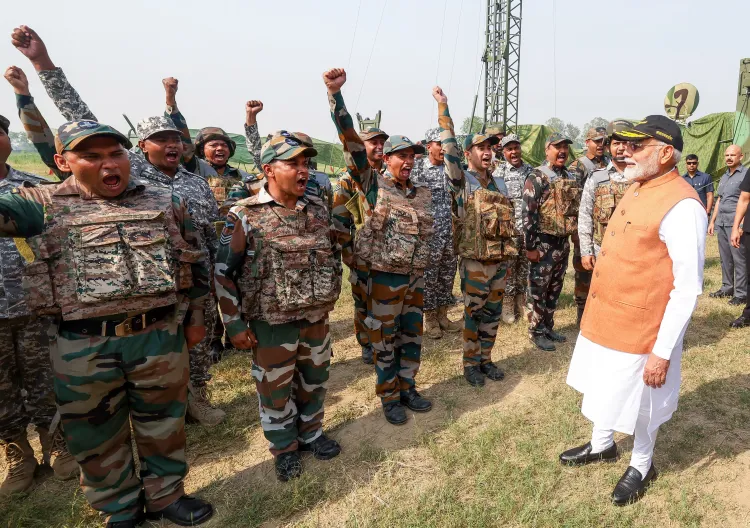
Synopsis
Key Takeaways
- Significant growth in defence exports from Rs 4,312 crore to Rs 88,319 crore
- Emergence of India as a top 25 arms exporter
- Focus on indigenous capabilities and local manufacturing
- Modernization of military assets and platforms
- Proactive military responses to terrorism threats
New Delhi, July 25 (NationPress) As Prime Minister Narendra Modi surpasses Indira Gandhi, becoming India’s second-longest-serving Prime Minister after Jawaharlal Nehru, his 11-year tenure is characterized by a significant transformation of India’s defence sector, focusing on indigenous capabilities, rapid military responses, and modernization.
Since taking office in 2014, PM Modi has emphasized 'Aatmanirbhar Bharat (self-reliant India)' in defence manufacturing, breaking away from decades of reliance on imports.
Under his leadership, India has become one of the world’s top 25 arms exporters, achieving over Rs one lakh crore in defence exports in recent years.
According to the Ministry of Defence, “Defence exports have surged 21 times, from Rs 4,312 crore in the 2004-14 decade to Rs 88,319 crore in the 2014-24 decade, underscoring India’s growing role in the global defence arena.”
Notable achievements include the successful production of LCA Tejas fighter jets, the development of the Prachand Light Combat Helicopter, and homegrown artillery systems like Dhanush and ATAGS, among others.
“Strategic reforms, private sector participation, and strong R&D have led to the creation of advanced military platforms such as the Dhanush Artillery Gun System, Advanced Towed Artillery Gun System (ATAGS), Main Battle Tank (MBT) Arjun, Light Specialist Vehicles, High Mobility Vehicles, Light Combat Aircraft (LCA) Tejas, Advanced Light Helicopter (ALH), Light Utility Helicopter (LUH), Akash Missile System, Weapon Locating Radar, 3D Tactical Control Radar, and Software Defined Radio (SDR), as well as naval assets like destroyers, indigenous aircraft carriers, submarines, frigates, corvettes, fast patrol vessels, fast attack craft, and offshore patrol vessels,” stated the MoD.
The Modi government also approved the establishment of two defence corridors—in Uttar Pradesh and Tamil Nadu—to attract private investment and bolster local manufacturing. Over 70 percent of India’s defence procurement budget for 2024-25 is allocated for indigenous sources.
Strategically, PM Modi’s tenure has been marked by a definitive change in India’s military posture. Following the deadly terrorist attack at the Pathankot airbase in 2016 and the Uri Army camp attack later that year, India executed its first cross-border surgical strikes, sending a clear message of zero tolerance towards terrorism.
This assertiveness increased in 2019 with the Balakot airstrikes after the Pulwama attack, marking the first Indian air raid on Pakistani territory since 1971. In May 2025, the Indian Armed Forces initiated Operation Sindoor, a large-scale retaliatory operation targeting terror launchpads across the LoC and PoK in response to a deadly terror attack in Pahalgam on April 22, which resulted in the deaths of 26 civilians by Pakistani terrorists.
This operation demonstrated the Indian Army's enhanced surveillance, target precision, and integrated warfare capabilities. Modernization has been expedited through significant acquisitions such as Rafale fighter jets, Apache and Chinook helicopters, and S-400 missile systems.
The aging MiG-29 fleet is gradually being retired to accommodate new-generation platforms like the AMCA (Advanced Medium Combat Aircraft), currently under development by HAL and DRDO.
As PM Modi reaches this historic milestone, India’s defence ecosystem stands considerably stronger—not just in hardware, but in strategic clarity, indigenous innovation, and global standing.


